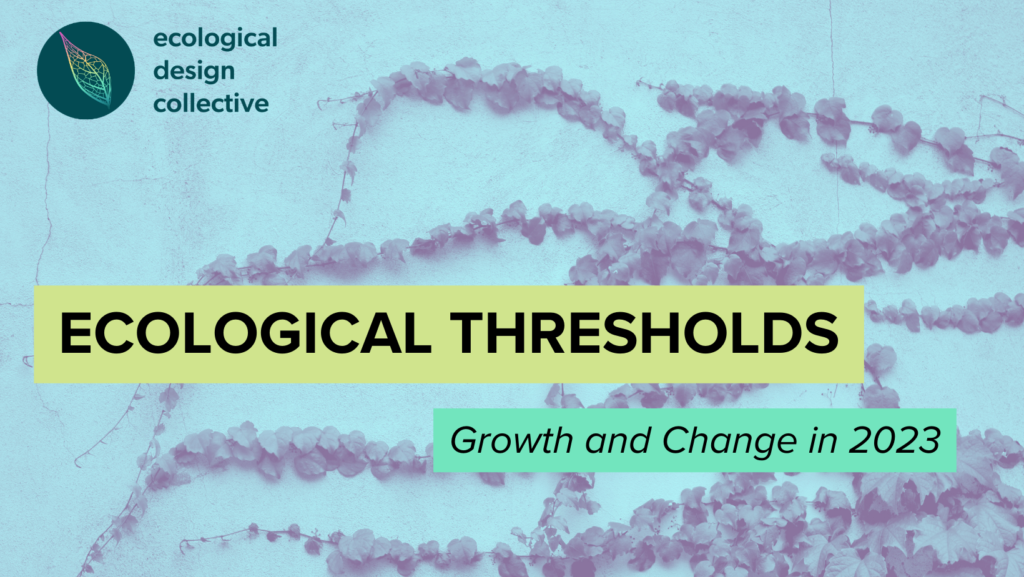
Ecological Thresholds: Growth and Change in 2023
The Ecological Design Collective strives to create a community for radical ecological imagination and collaborative practice. This year at the Ecological Design Collective has been busy as we’ve expanded into the first full year of our new platform (launched in November 2022) and grown into our new role as an independent non-profit project sponsored by Inquiring Systems. As we stride forward into the new year, we’re taking a beat to reflect on the exciting projects, events, and conversations that curators and collective members have pushed forward in 2023.


Gathering with the Tide: This year marked the beginning of a monthly EDC tradition, inaugurated by one of our EDC coordinators, JHU graduate student Raychel Gadson: Tide Pool Socials. These events were designed to stimulate community and connectedness across the collective, virtually and in-person. During 2023, we’ve gathered for virtual watch parties, made art together in physical and online space, and clinked glasses at Happy Hours across Baltimore. Each Tide Pool has brought unexpected and invigorating conversations, ecological cominglings that ebb and flow with the tides. Join us online this Wednesday for an eco-film matinee—and stay tuned this January for an in-person gathering to ring in the new year!
Going Mobile: In addition to the launch of Ecological Design Collective 2.0, 2023 saw our mobile application—EDC Hub—go live, available on both the Apple app store and Google Play. It’s been exciting to see our connections grow with posts on-the-go; from snapshots of hikes and art exhibits to enriching conversations and groups that break away from the endless death scroll to imagine the world anew and build communities along the way. These new tools continue EDC’s commitment to building open source digital infrastructure for online organizing. Learn more about our philosophy and mission through our conversation with tech partners at Cloud68.co!


Repurposing Rubbish, Displaying Detritus: In February, in collaboration with BmoreArt Magazine, EDC curators Lee Davis and Anand Pandian led a public conversation with Baltimore artists Adam Stab and Jordan Tierney on their exhibition Post-Consumption Benediction. Stab and Tierney work with materials harvested from urban streets and streams, offering a visual critique of throwaway culture and a chance to imagine what a future of more thoughtful caretaking might look like. Read the full conversation published by BmoreArt Magazine to learn more about these artists’ practice, and the ecological lessons that emerge from sitting with litter.
Don’t get me wrong–I’m horrified by what we’ve done to the planet over my lifetime, just absolutely horrified, grief stricken, guilty inner rage, whatever. But I can’t share that with everyone, (laughter). So what I desire to share is the magic that I find there still, the beauty and the power and the potential. And I am married to this process, because I use the found trash in my art work. I am married to this baggage, but I think that’s the best way to talk about it.
—Jordan Tierney
Centering Environmental Justice in South Baltimore: In the final semester of a year-long course, Baltimore-area student-activists in the 2022-2023 Sustainable Design Practicum collaborated with the South Baltimore Community Land Trust (SBCLT) and other partners to join the collective struggle to build equitable and sustainable urban futures in the city of Baltimore. Co-taught by community organizer Shashawnda Campbell of the SBCLT and Johns Hopkins anthropologist Anand Pandian, both curators at the EDC, students published a multimedia webpage, collaboratively produced a video, and published an op-ed in the Baltimore Banner detailing the ecological damage wrought by coal industries and CSX on Curtis Bay and its surroundings.
On December 30, 2021, a coal explosion at CSX Curtis Bay Coal Terminal in Baltimore, MD, shattered windows & shook homes, coating the surrounding community in coal dust. What began as an initial inquiry into CSX’s explosion in South Baltimore has led us on a trail tracing money, political power, environmental damage, & labor injustice across the United States.
—No Coal in Curtis Bay!


Looking Back and Building Forward: Emerging out of the Environmental Justice Practicum, the EDC co-hosted a community event at the Curtis Bay Recreation Center in South Baltimore to celebrate Earth Day in solidarity with community members and activist organizations. The event created a space for community members, activist and academic allies, and government representatives alike to engage in productive dialogue on community health, safety, and sustainability.
Sprouting New Communities: This year we added several new groups on the platform, subcommunities that are thriving and striving towards a shared vision, together. To highlight just a few: Eco-Arts, a new destination for ecologically-inflected museum visits and art criticism; Sand Bundles, a public-facing offshoot of a research group titled ‘S.AND – The Future of Coastal Cities in the Indian Ocean‘ at the Max Planck Institute for Social Anthropology; Eco Anthropologists, for the ethnographers among us; and the Climate Imaginarium, a destination for climate arts and storytelling built in collaboration with Grist Magazine, the Columbia Climate Imaginations Network, and the EDC. Sparked your interest? Log on and request to join these collaboratives—or start your own group on the platform!
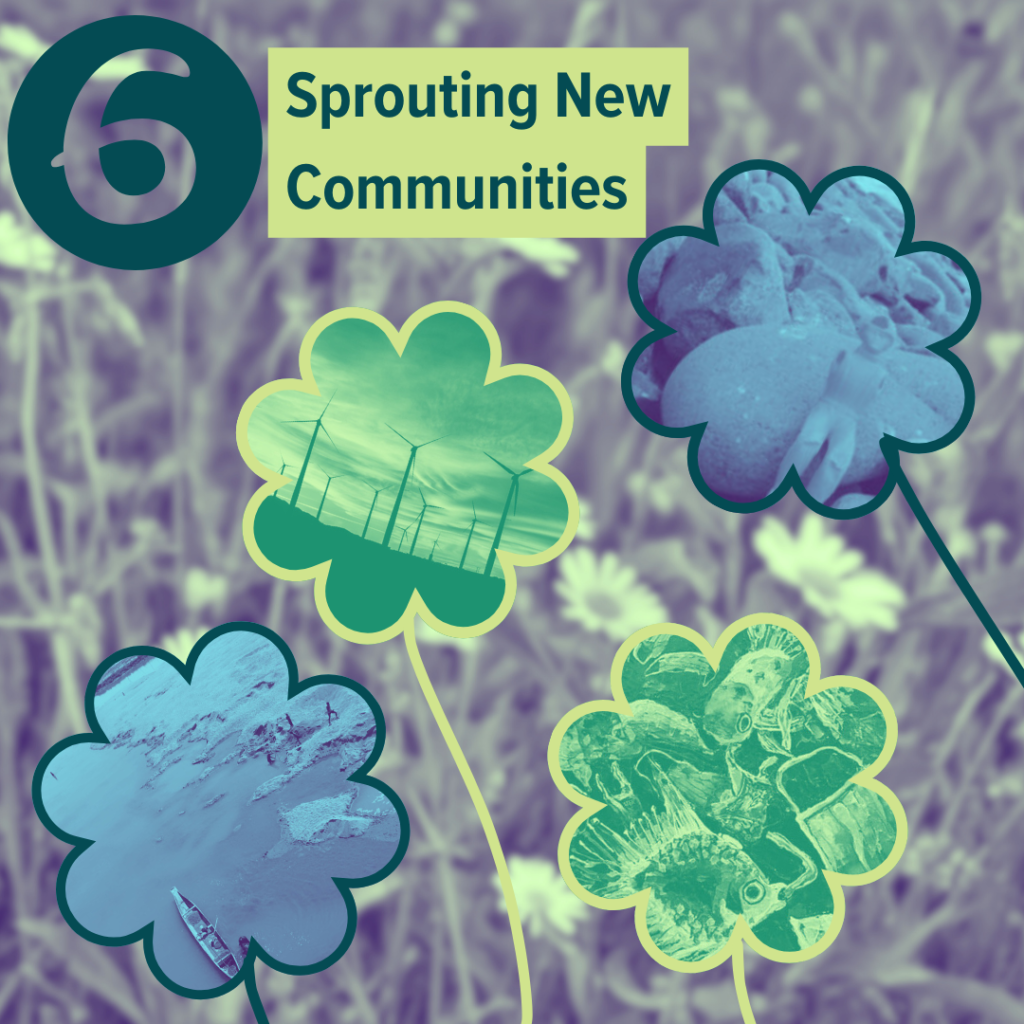
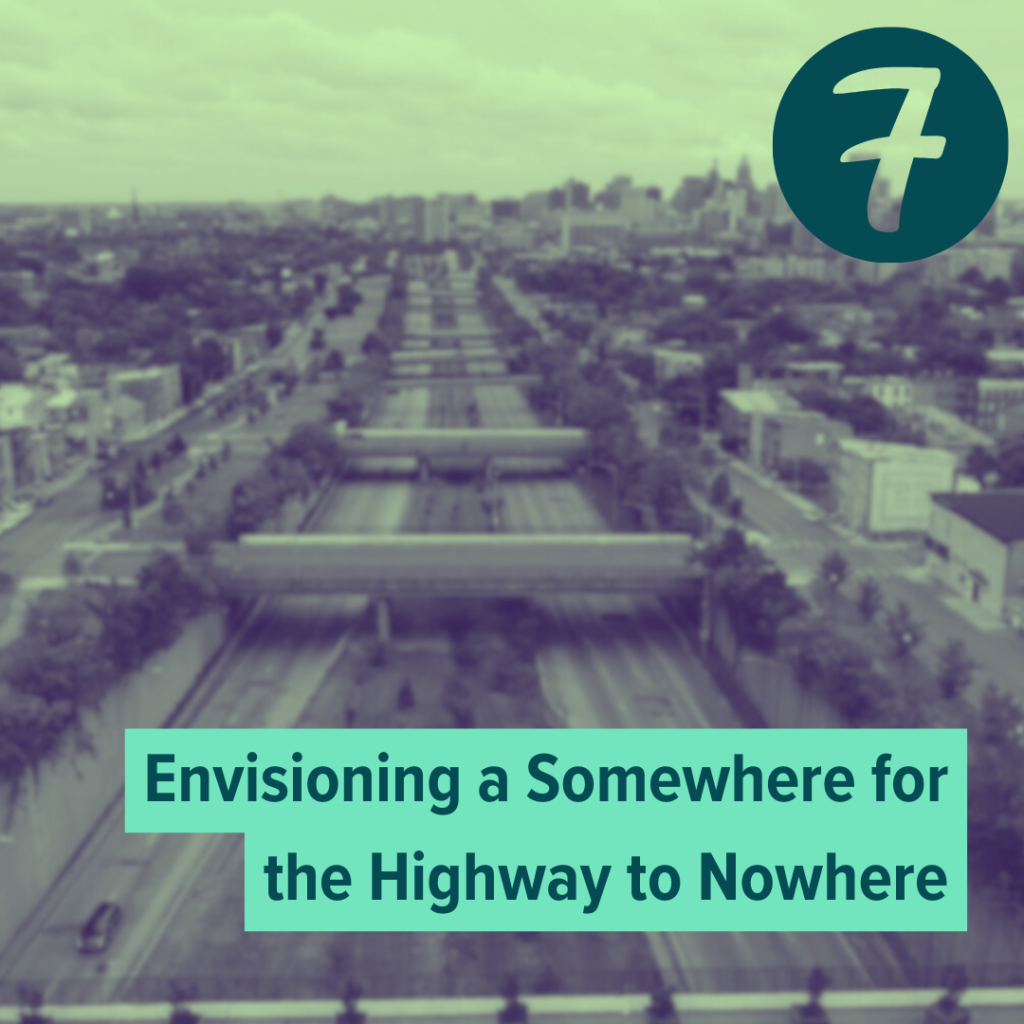
Envisioning a Somewhere for the Highway to Nowhere: EDC curator and Morgan State professor of architecture Cristina Murphy hosted two events in 2023 that brought architecture students, Baltimore city planners and activists, and community members together to engage the racist legacy and possible future of Baltimore’s infamous “Highway to Nowhere” (H2NOW)—the 1.4 mile ditch that displaced nearly 1,500 residents and separates neighborhoods in West Baltimore. In January, Cristina’s students presented proposals to transform H2NOW’s six concrete lanes into sustainable community resources—schools, greenhouses, playgrounds. In September, community guides led a walking tour critically examining the infrastructure’s failures and showcasing student’s designs for spatial and social change. Read and watch the complete tour here!
When you tear down houses, you tear down a neighborhood, you’re not just tearing down the physical buildings and you’re not just moving the people who live there to some other place, whether they like it or not. You’re also wiping out memories. You’re wiping out something that’s a part of a family.
—Martin French
Debating Degrowth: Over the past two years on the EDC timeline, “degrowth” has been a touchstone in conversations that seek to move beyond critiquing the extractivist, imperialist nature of capital. Degrowth theorists ask instead: “What is to be done?”—that is to say, what new economic models can be imagined that don’t depend on constant growth (and with it, constant exploitation)? Public writing by anthropologists on the platform this year has sought to trouble the awkward resonance of “degrowth” (Dr. Niloofar Haeri) and unfurl the movement’s history and political objectives (Dr. Michael Degani). Whatever your take—we’re thrilled to see our collective grow into a bustling site for timely conversations and collaboration… and we hope you’ll add your voice to the choir!
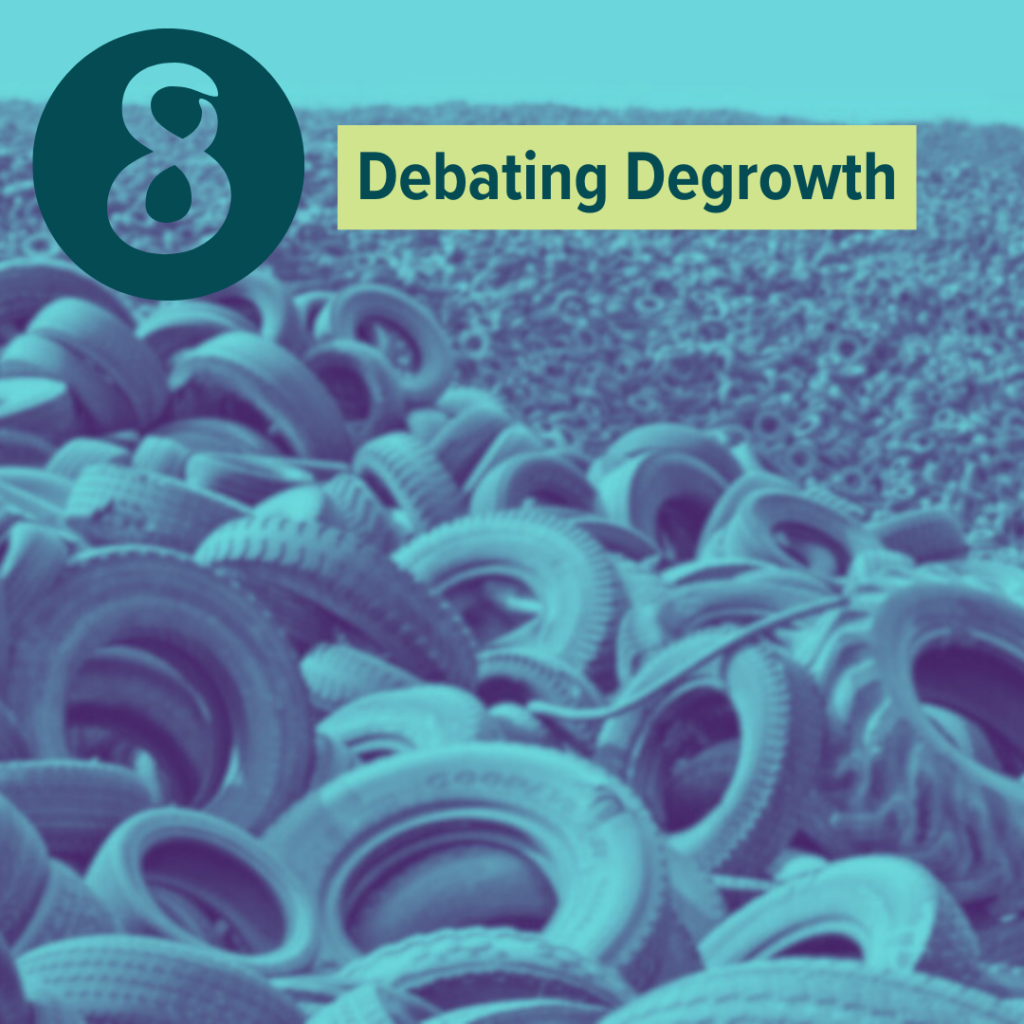
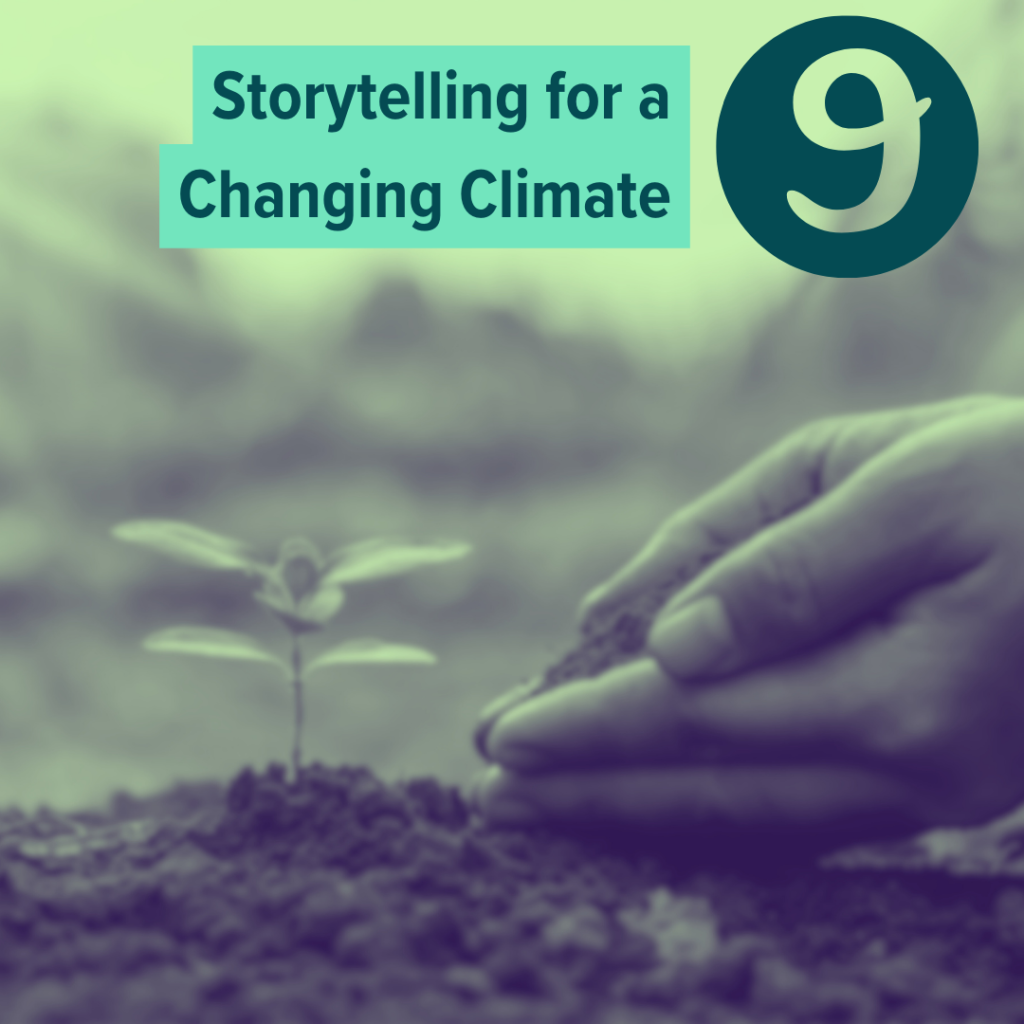
Storytelling for a Changing Climate: On November 10th 2023, the Climate Imaginarium hosted a virtual climate storytelling workshop on the EDC platform. Hosted by Jason Davis, a musician, teacher, and the director of Climate Stories Project, participants were asked to follow a structured writing prompt format, which elicited observations of the changing climate, emotional responses to climate change, and motivations to confront the climate crisis. Missed the event? No worries: Check out the recording and prompts here—and be sure to join the Climate Imaginarium to share your climate story!
Stabilizing Our Collective: 2023 marked the first full year of the EDC existing as an independent non-profit project sponsored by Inquiring Systems Inc. Since our inception in 2020, the EDC has mostly “lived” on the Johns Hopkins campus, and continues to receive support from the JHU Krieger School of Arts and Sciences. These bureaucratic changes, however, help to formalize and strengthen our capacity to support organizing work in Baltimore and beyond.
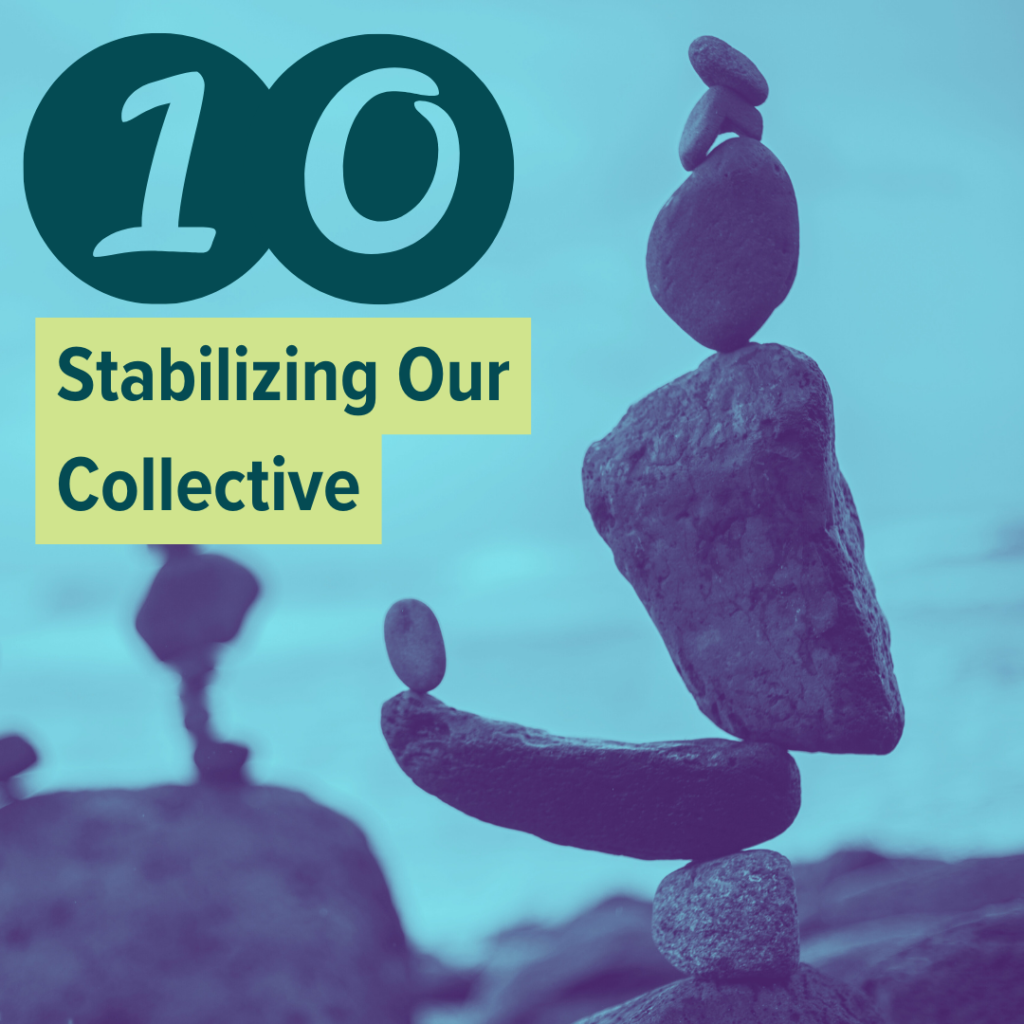
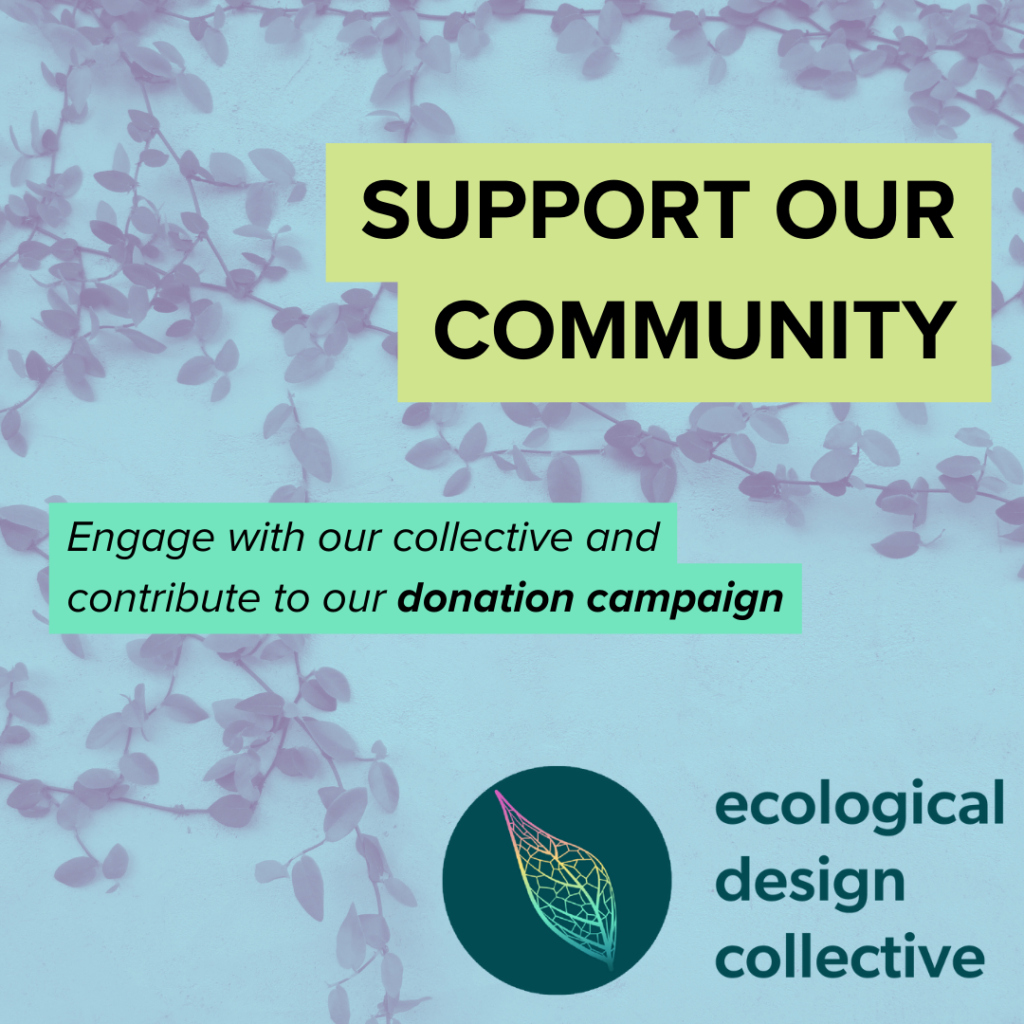
SUPPORT OUR COMMUNITY: We’re so honored by the friends, conversations, and projects that we’ve been able to share with the collective this year. We’re looking forward to seeing how our community continues to grow stronger and flourish— no doubt fertilized by these memories, colorful leaves churned to hummus on the forest floor.
We rely on a team of volunteers to keep this collective vibrant and active. As our community continues to grow, we are grateful for your support, for all the ideas, commitments, and relationships you bring to this space. At the same time, your financial support would also help us sustain this platform and ensure its viability. This digital space is tiny, but it takes several thousand dollars each year to maintain the EDC online platform and keep it running. Anyone can join for free, but we welcome any and all contributions.
Stay tuned for upcoming Tide Pool Socials and a new slate of activities for the new year—among them, a forthcoming art exhibition and a brand new EDC book club!
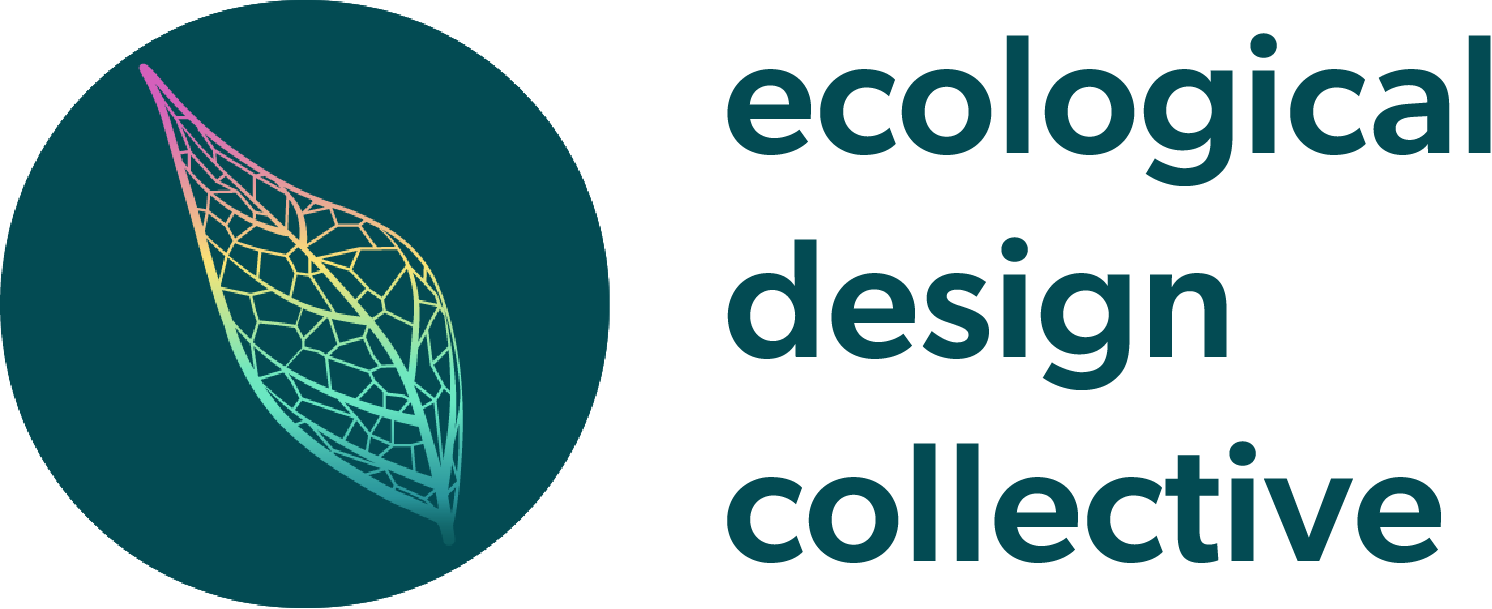

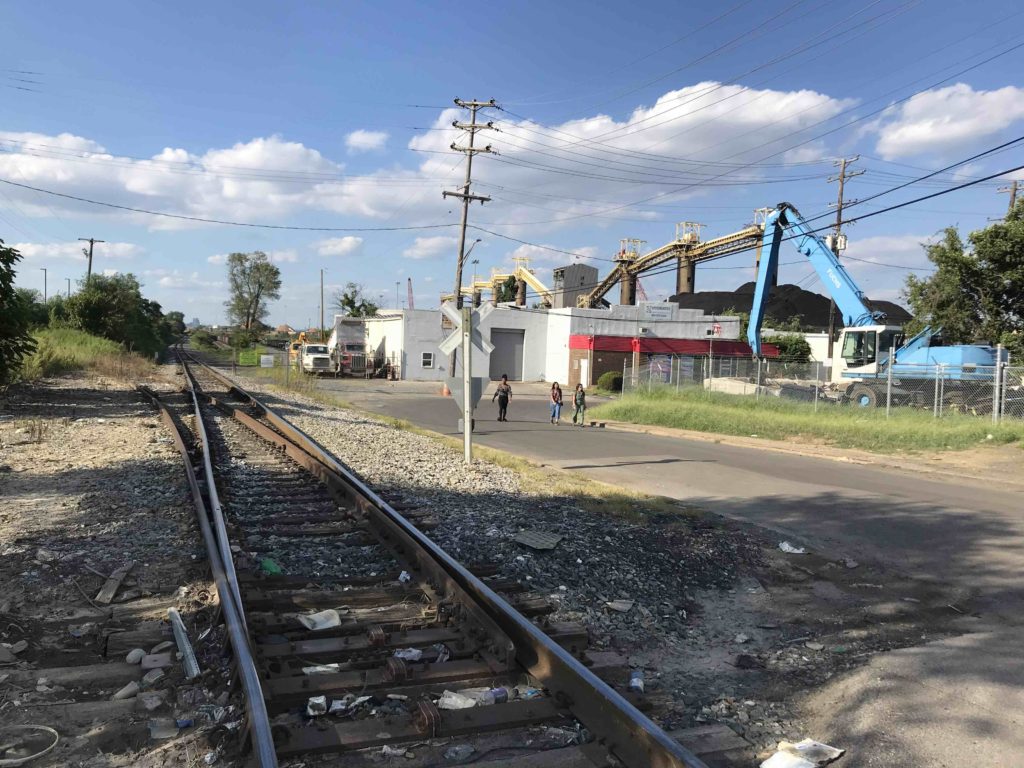
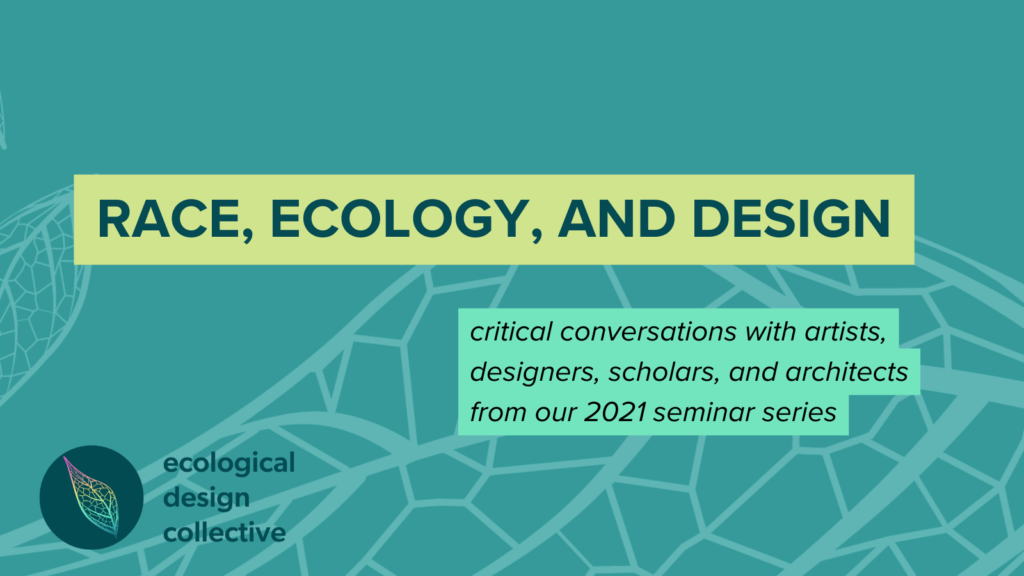
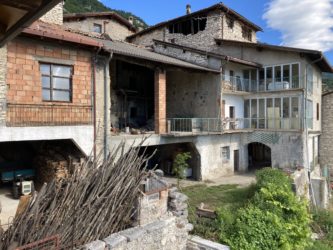
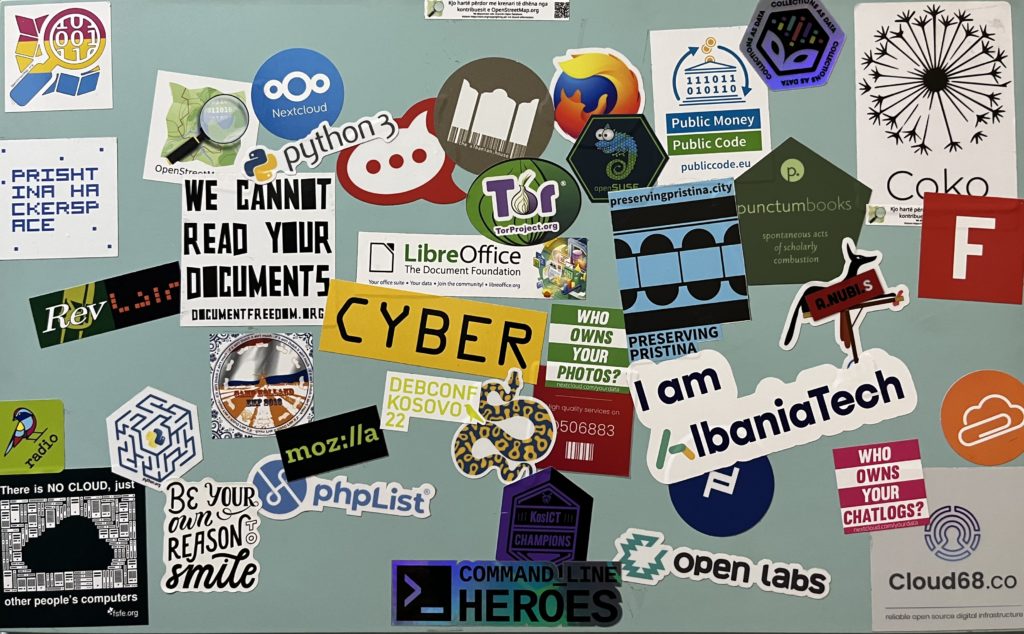

Responses